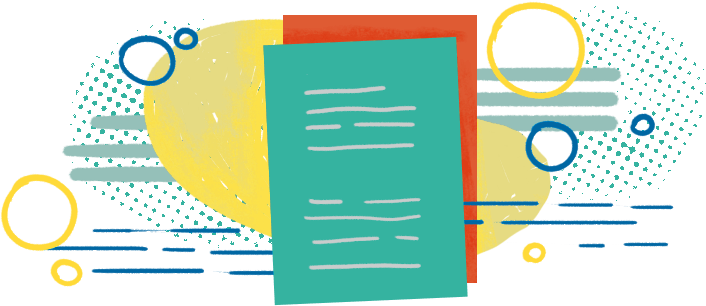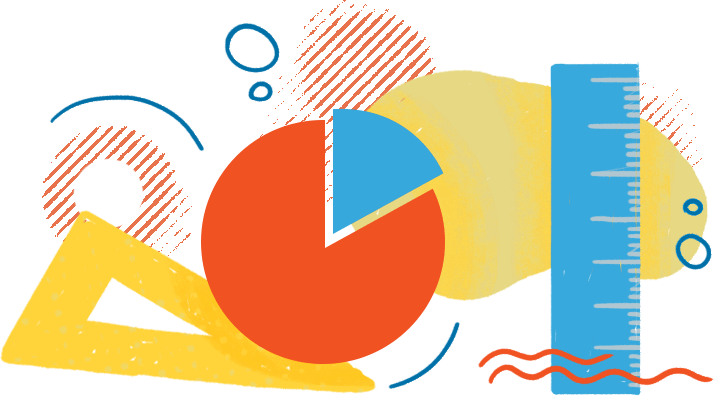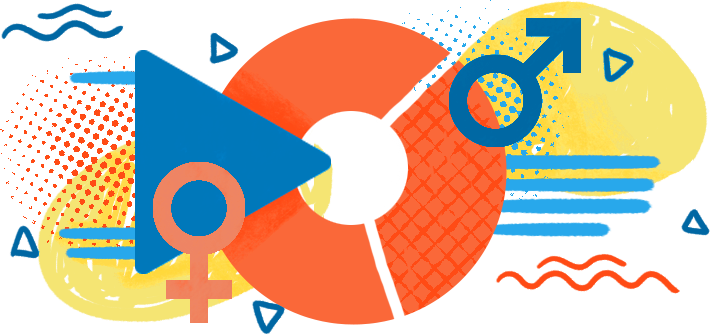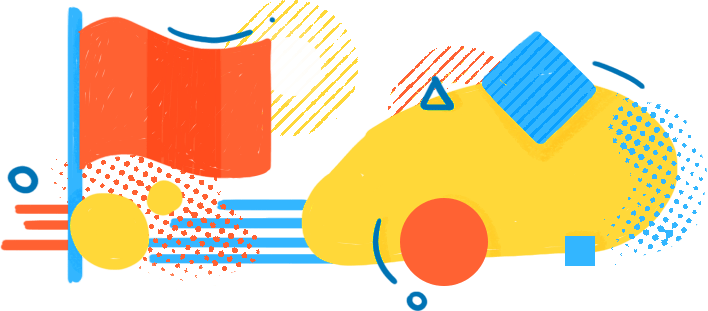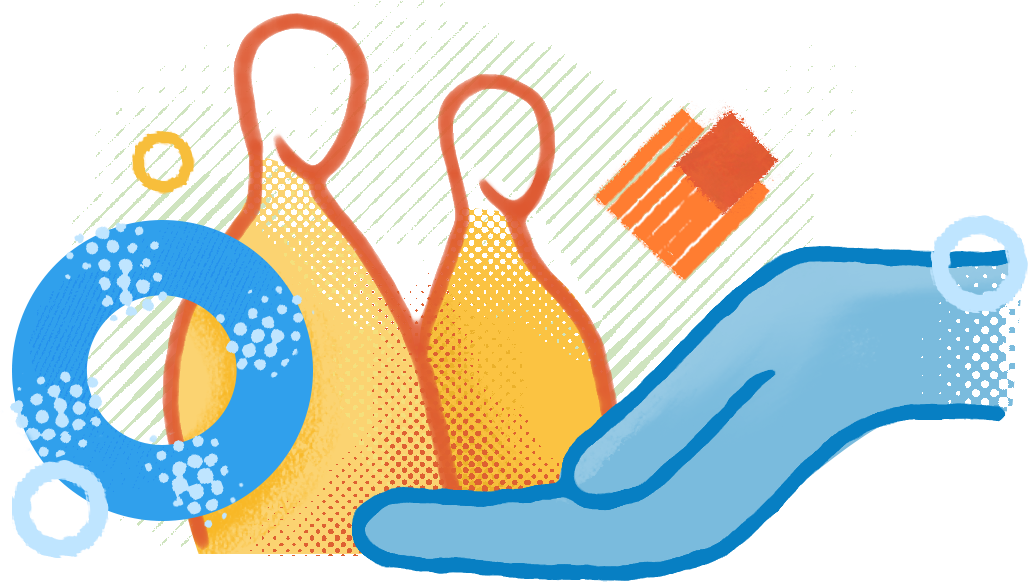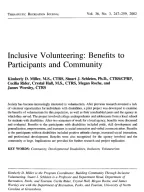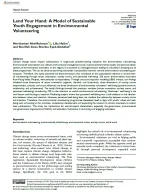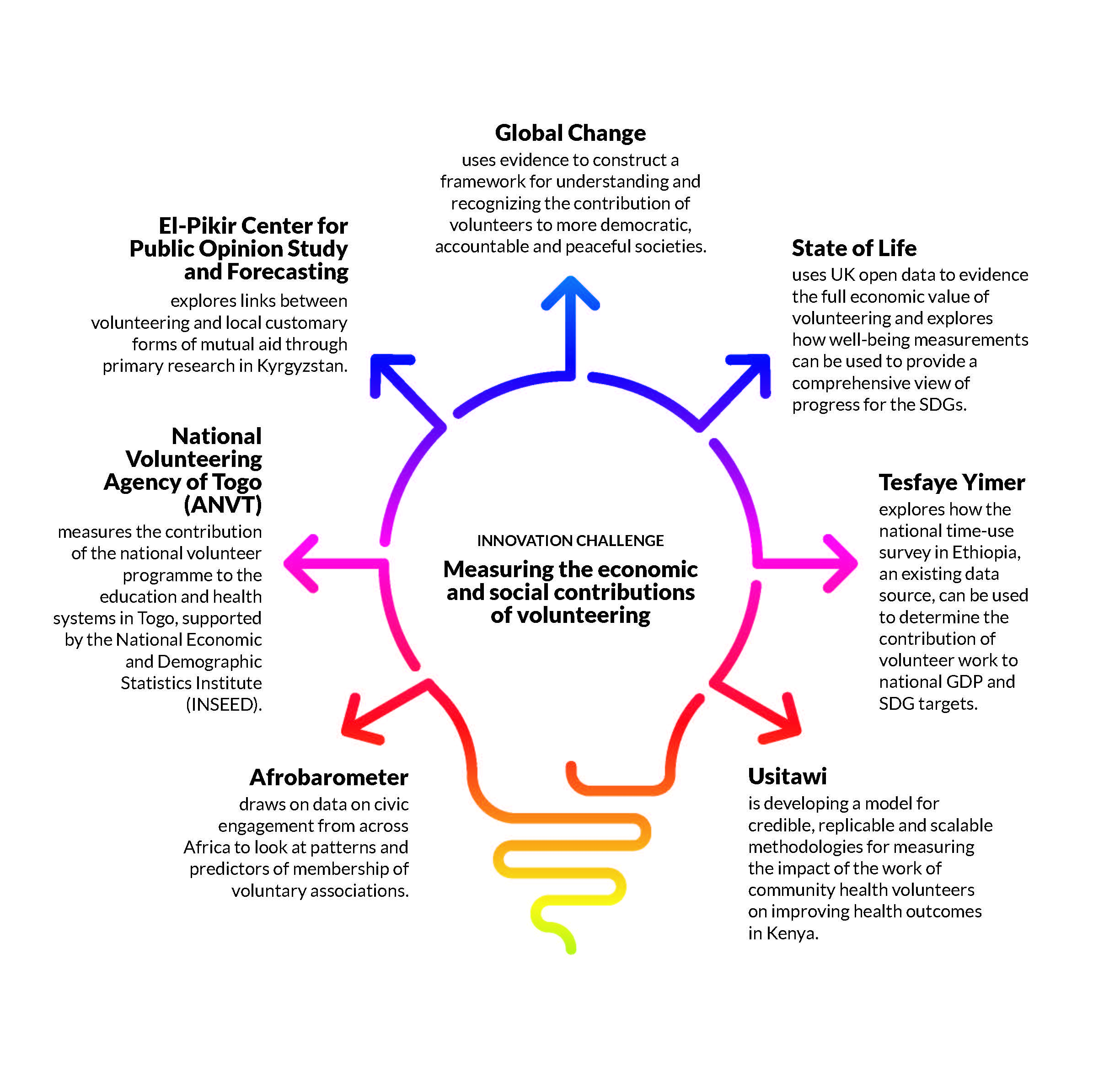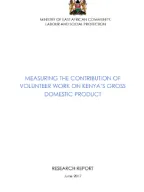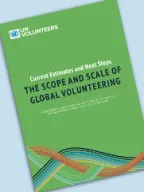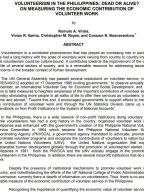What are some of the tools and approaches that have been developed?
A toolbox on measuring volunteering has been developed under the Plan of Action to Integrate Volunteering. It covers four broad domains for measurement:
Scale and scope of volunteering |
Qualitative and quantitative tools can provide a picture of the overall nature of volunteering. Tools to measure the scope and scale of volunteering include nationally representative or organizational surveys. As well as measuring participation rates, this type of research might look at predictors for participation (e.g. gender and socio-economic variables); trends and patterns; and analyse sectors or types of volunteer work. |
Intrinsic value of volunteering |
Intrinsic value refers to the social goods associated with volunteering that are valued for their own sake, as well as contributing to development outcomes. Measurement tools such as organizational surveys or stand-alone surveys conducted by civil society or private sector often measure the capacities strengthened through volunteering, for the individual volunteer or the organizations and communities they volunteer with. For example, qualitative research can reflect the ways in which volunteers contribute to trust and resilience—factors difficult to sum up in a single number. |
The instrumental value of volunteering |
Instrumental value refers to how volunteering helps to achieve specific goals and targets, for example by contributing to the 2030 Agenda and the SDGs. New models, frameworks, and approaches are emerging to demonstrate some of these pathways to provide insights into how to strengthen the contribution volunteering makes to the Global Goals. |
Intervention research |
To look at the changes catalysed by specific interventions such as projects or campaigns, the measures above are likely to be combined with other factors, for example around efficiency and effectiveness. Furthermore, intervention research may use a number of quasi-experimental approaches to better understand and isolate the impact beyond patterns and correlations. |



